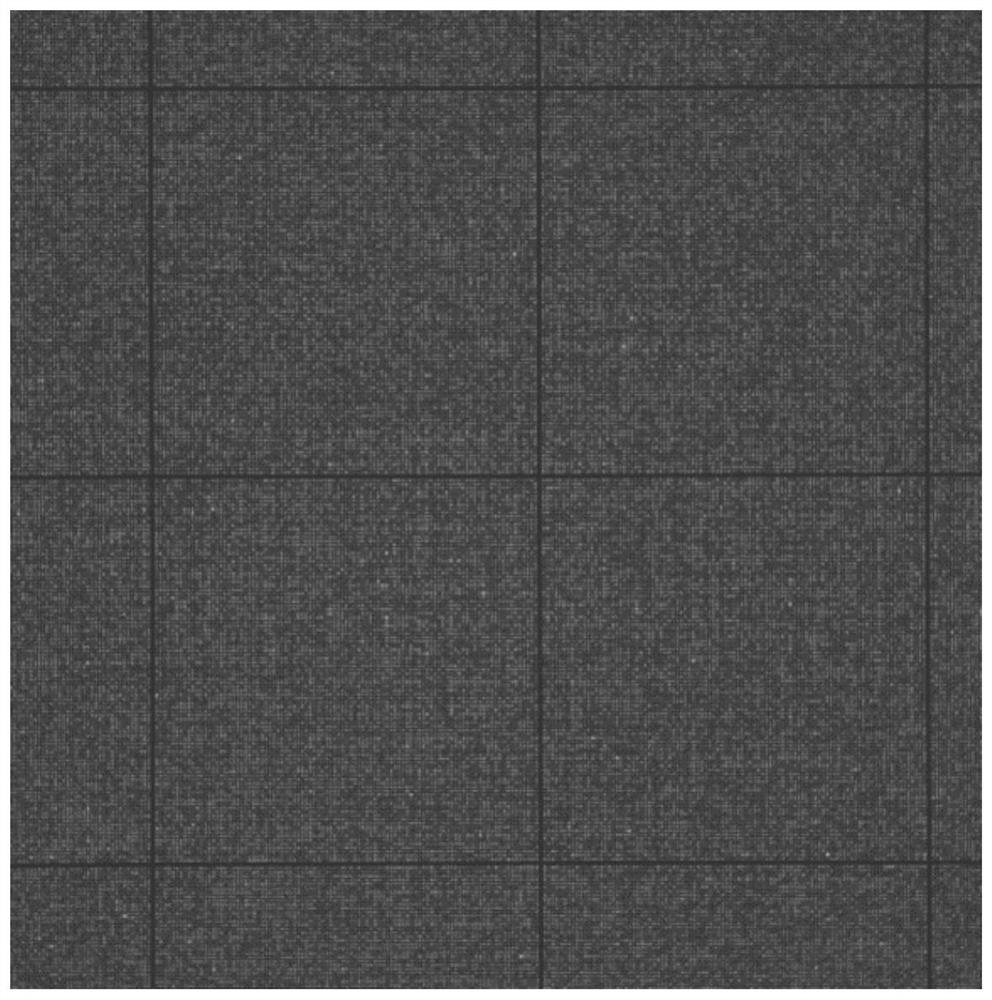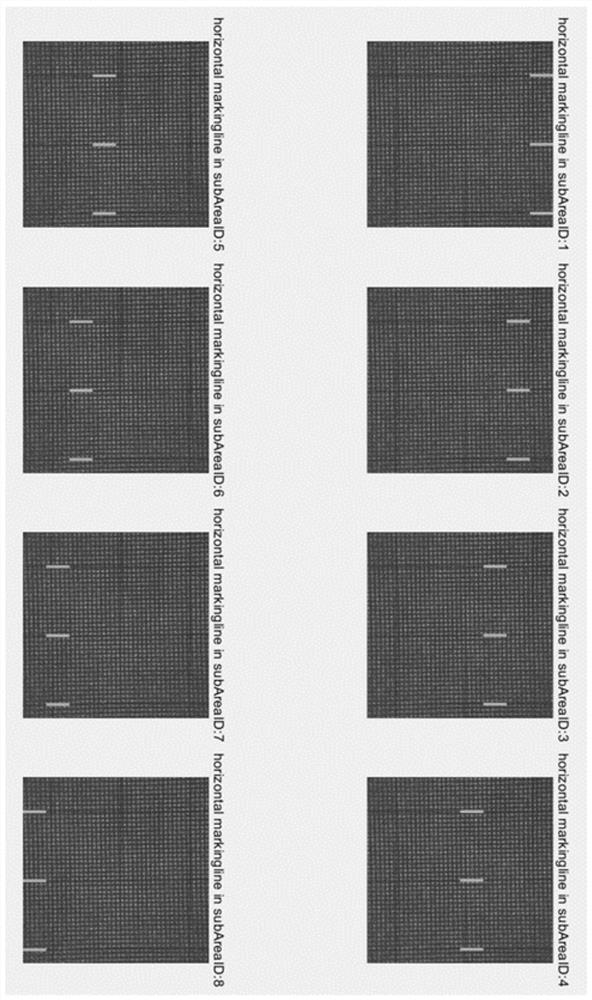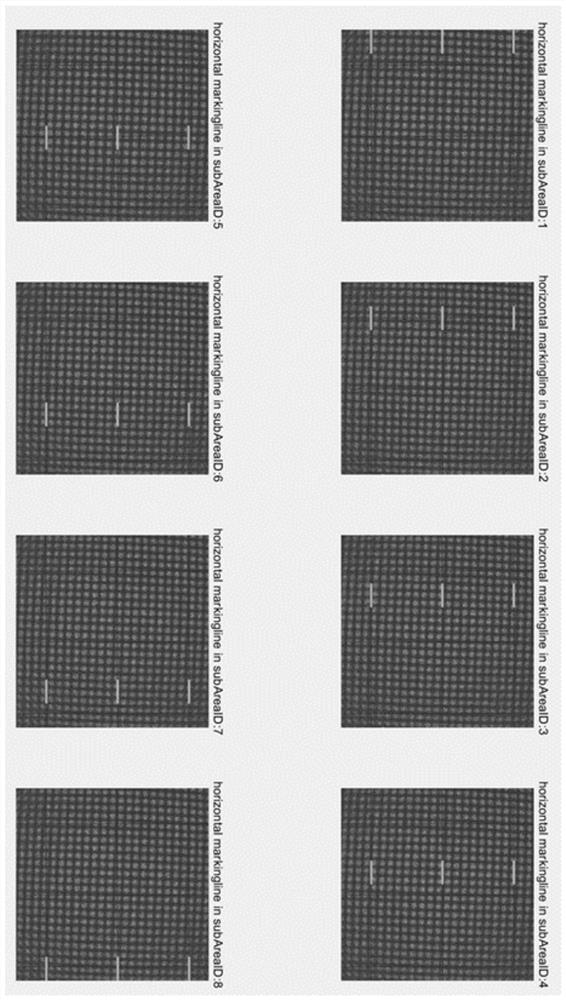Fluorescence image registration method
A fluorescence image and image registration technology, applied in the field of sequencing fluorescence image registration, can solve problems such as difficulty in finding and large amount of data, and achieve the effect of simple algorithm process, small calculation amount, and strong robustness.
- Summary
- Abstract
- Description
- Claims
- Application Information
AI Technical Summary
Problems solved by technology
Method used
Image
Examples
Embodiment 1
[0059] 1. Sequence the gene sequence to be measured on the gene sequencing chip, and obtain a sequenced fluorescence image with a width*height, that is, a wide pixel multiplied by a high pixel.
[0060] 2. Select the fluorescent images taken at each preset camera position in the first round of sequencing reaction as the template image, and the remaining images at the same location as the images to be registered.
[0061] 3. For each sequenced fluorescence image, divide into t(t greater than or equal to 1) sub-regions by row, such as Figure 1A Shown is a sequencing image, there are horizontal M = 3 positioning lines in the figure, longitudinal N = 3 positioning lines, in the present embodiment, the image is divided into t = 8 sub-regions by column (i.e., in the vertical direction) to extract the positioning line features, for each sub-region, the following calculations:
[0062] Calculate the sum of the pixels of each column to obtain a floating-point (integer) matrix of 1 row of w...
PUM
 Login to View More
Login to View More Abstract
Description
Claims
Application Information
 Login to View More
Login to View More - R&D
- Intellectual Property
- Life Sciences
- Materials
- Tech Scout
- Unparalleled Data Quality
- Higher Quality Content
- 60% Fewer Hallucinations
Browse by: Latest US Patents, China's latest patents, Technical Efficacy Thesaurus, Application Domain, Technology Topic, Popular Technical Reports.
© 2025 PatSnap. All rights reserved.Legal|Privacy policy|Modern Slavery Act Transparency Statement|Sitemap|About US| Contact US: help@patsnap.com



